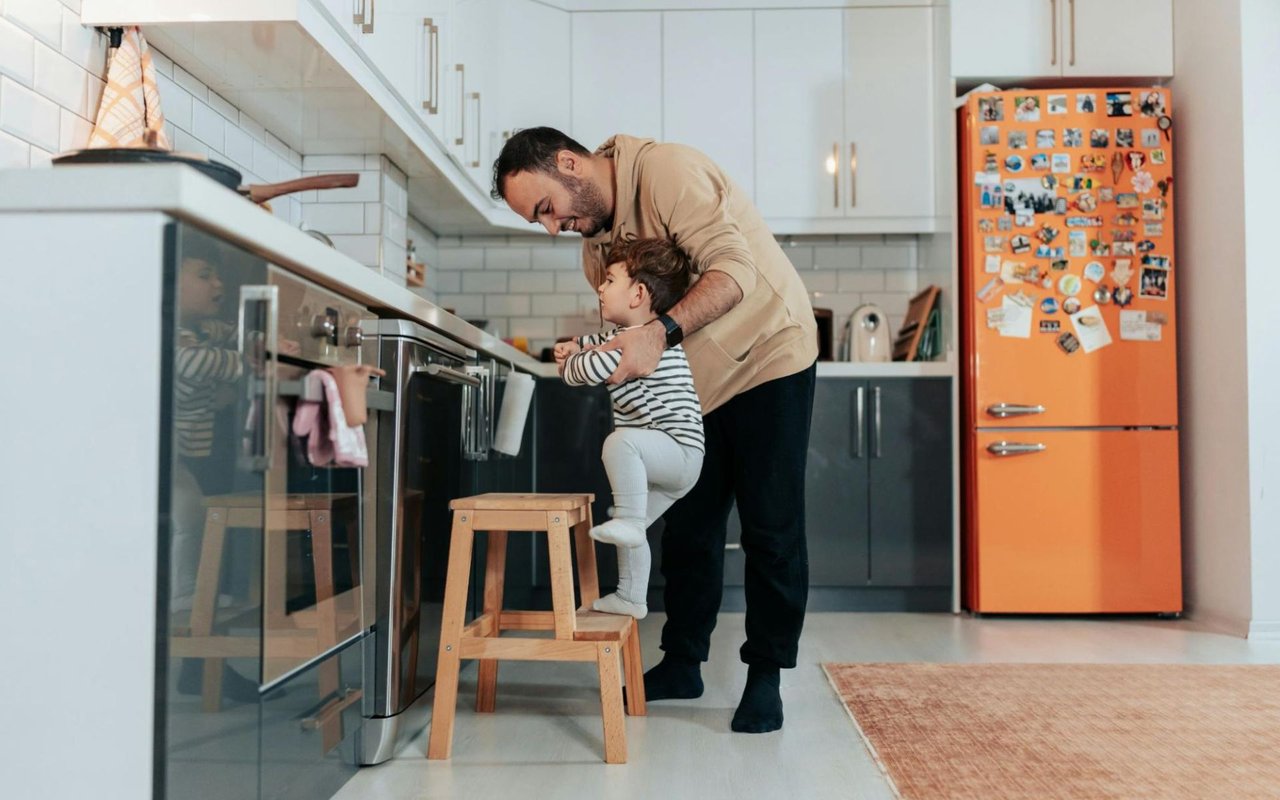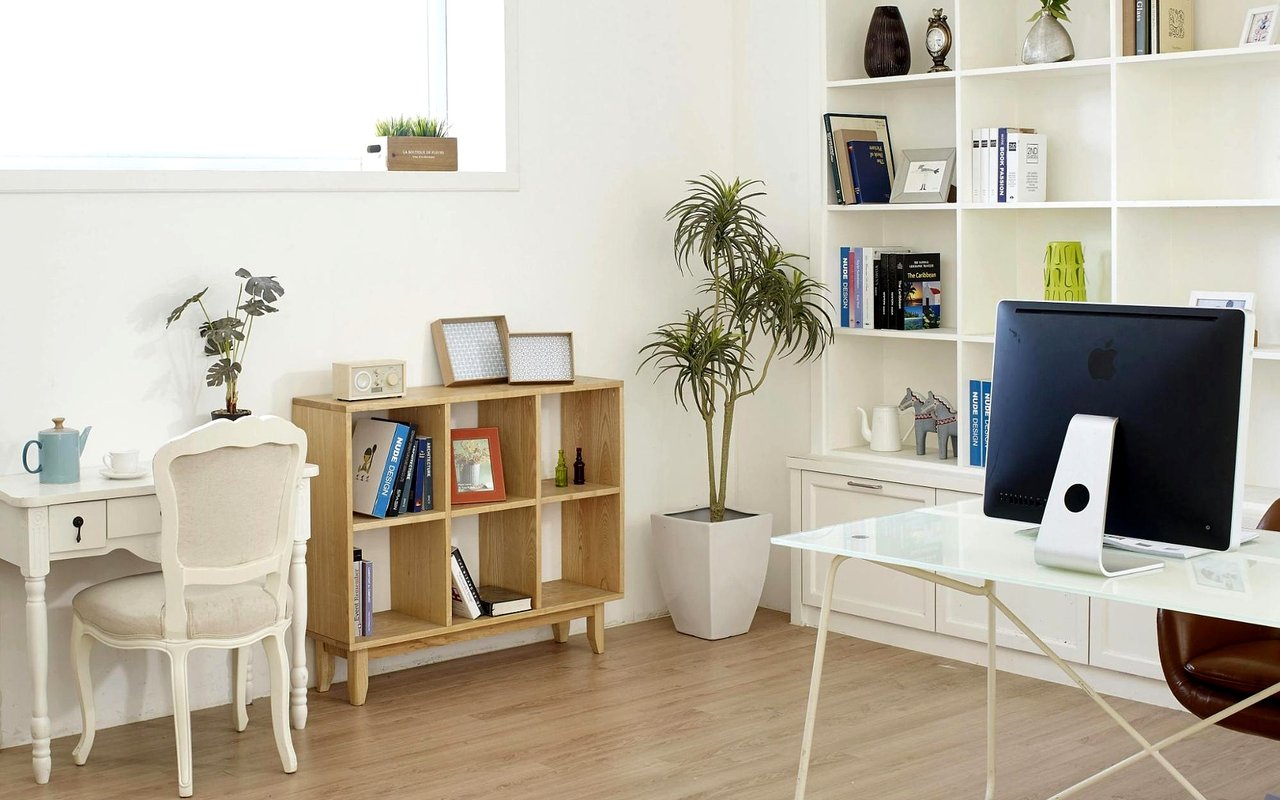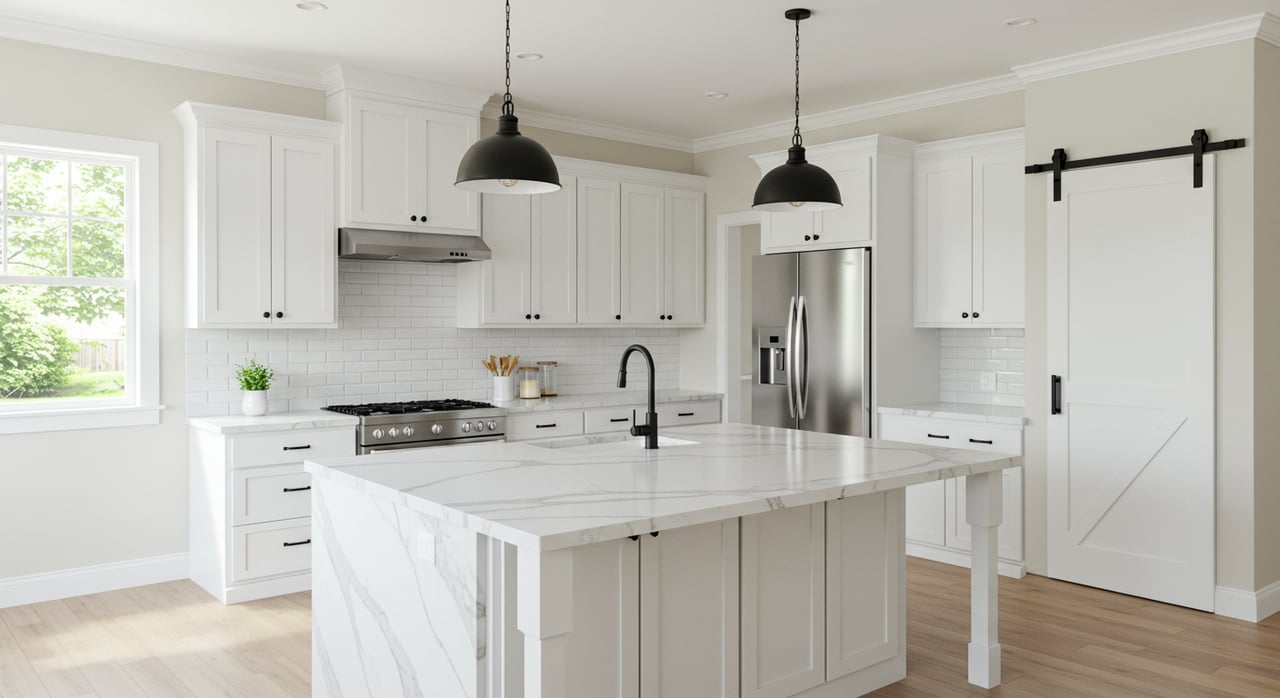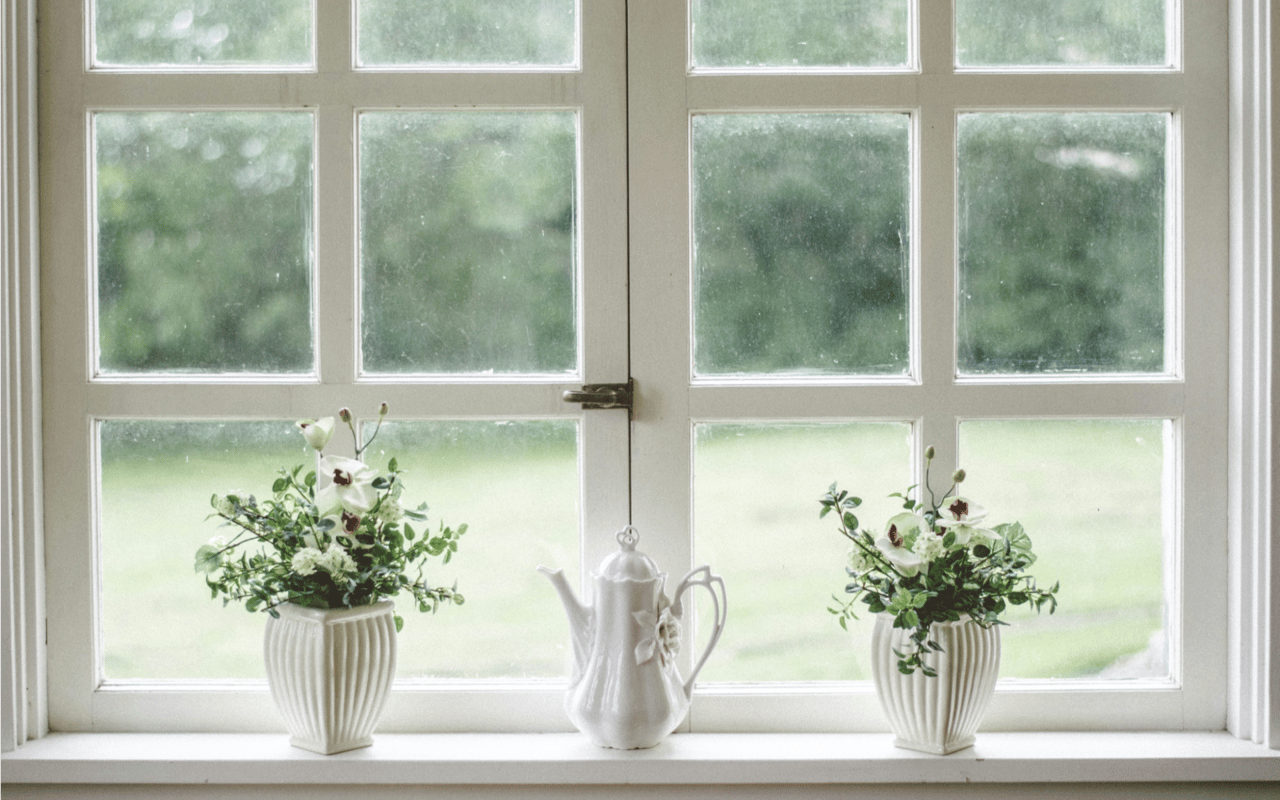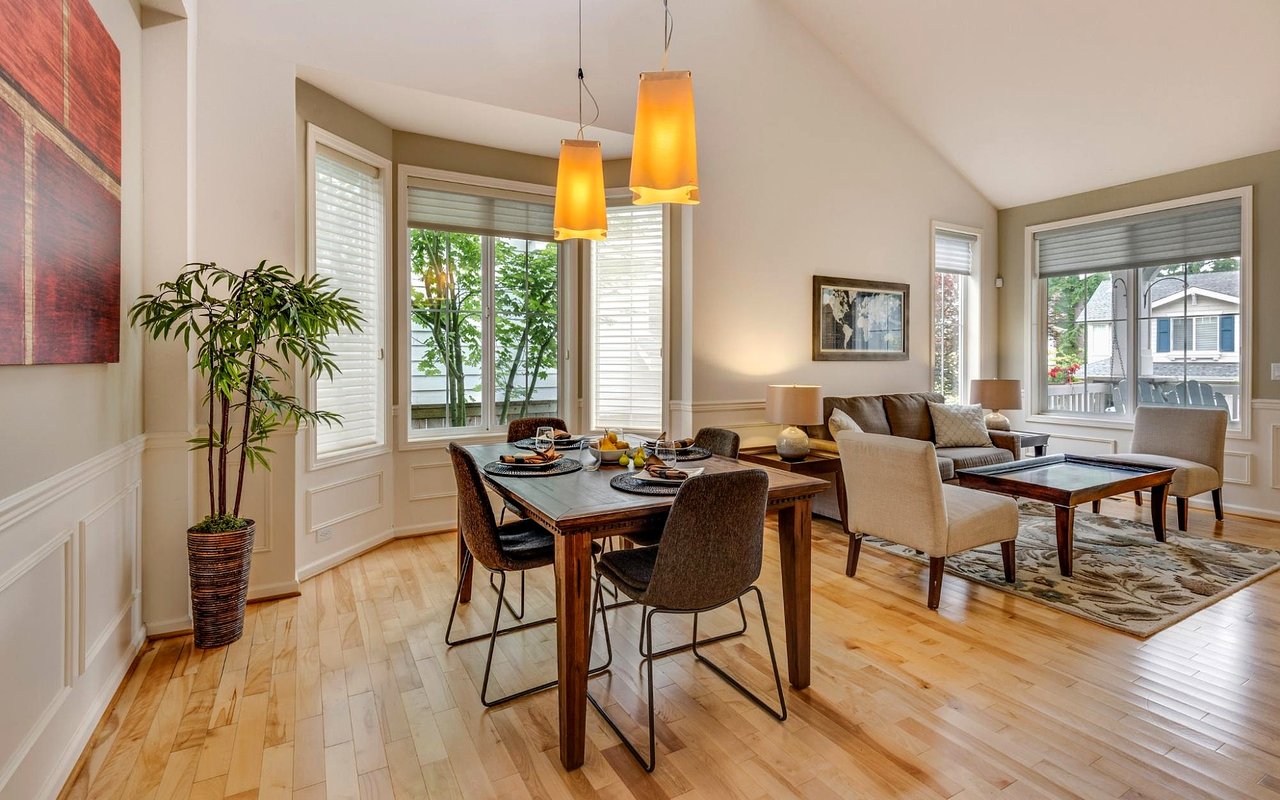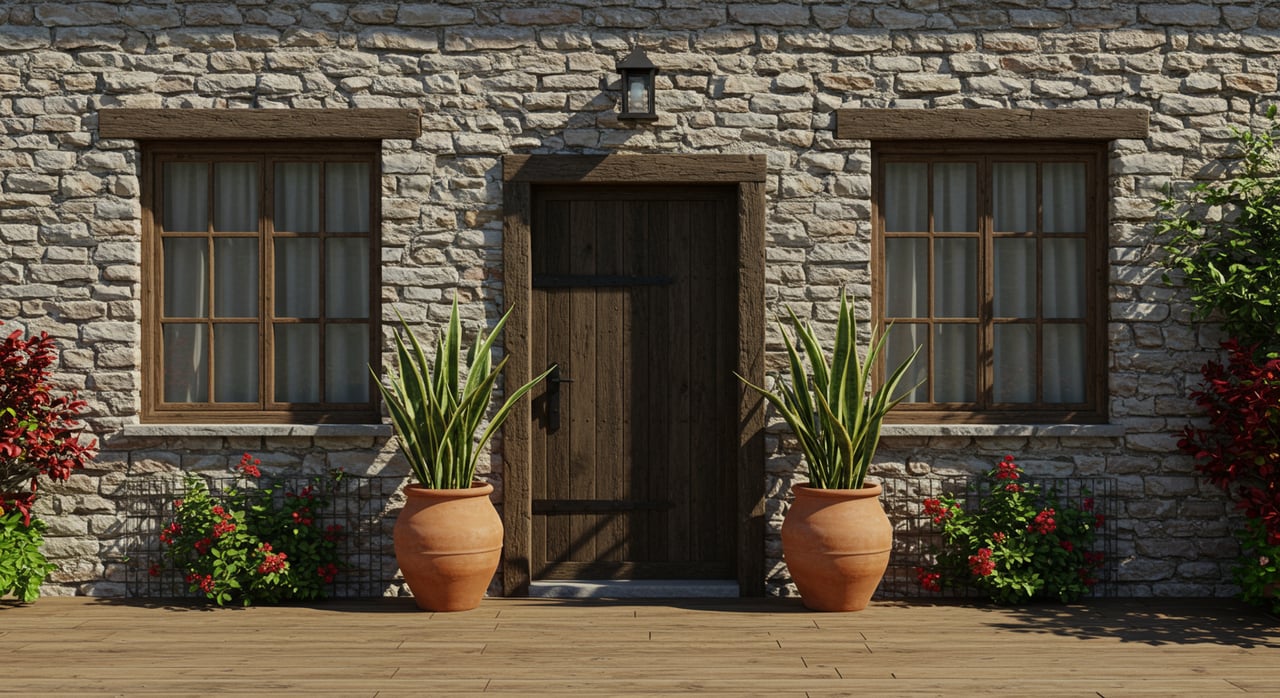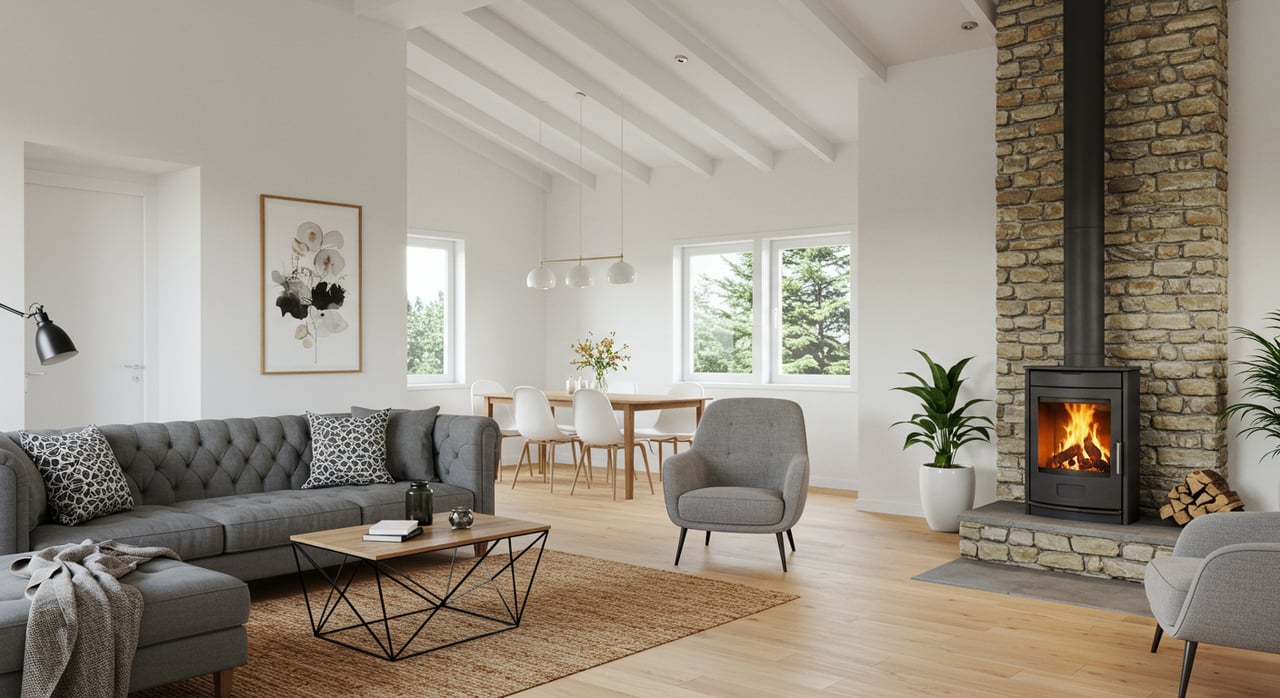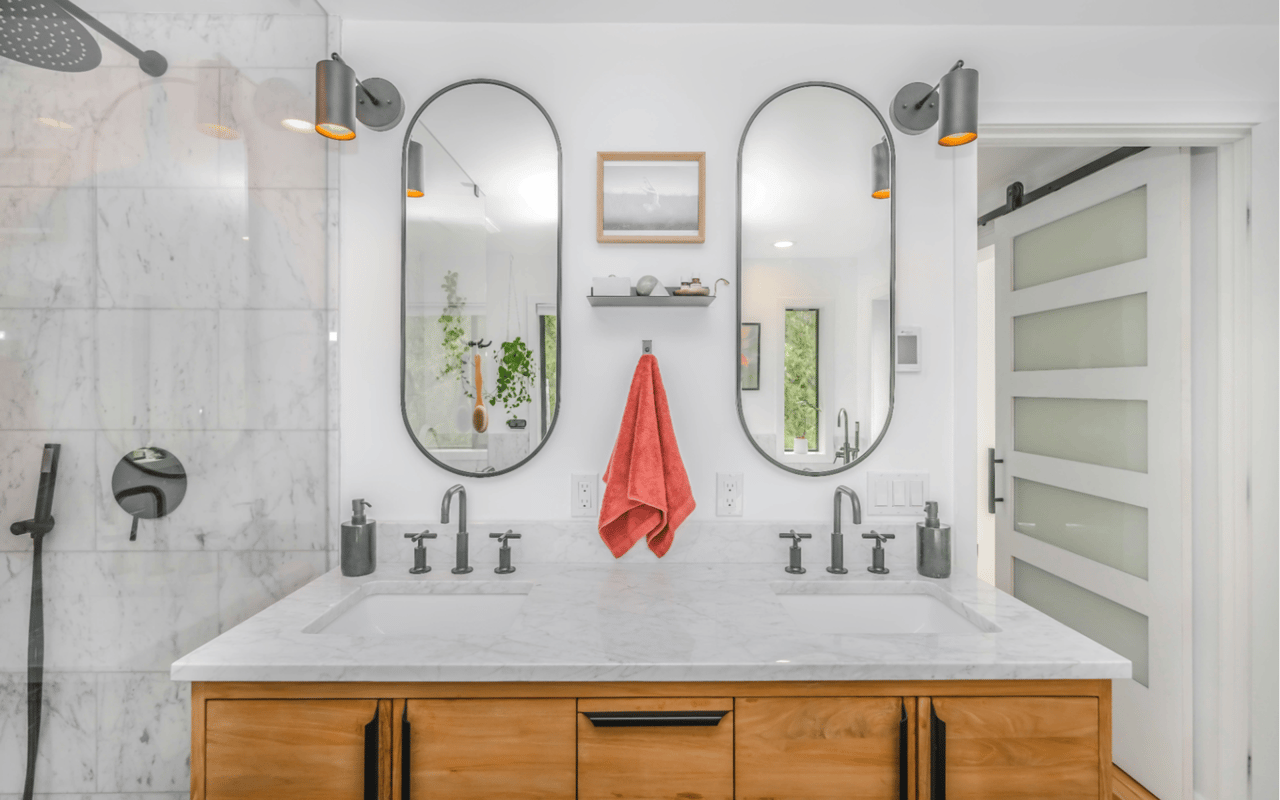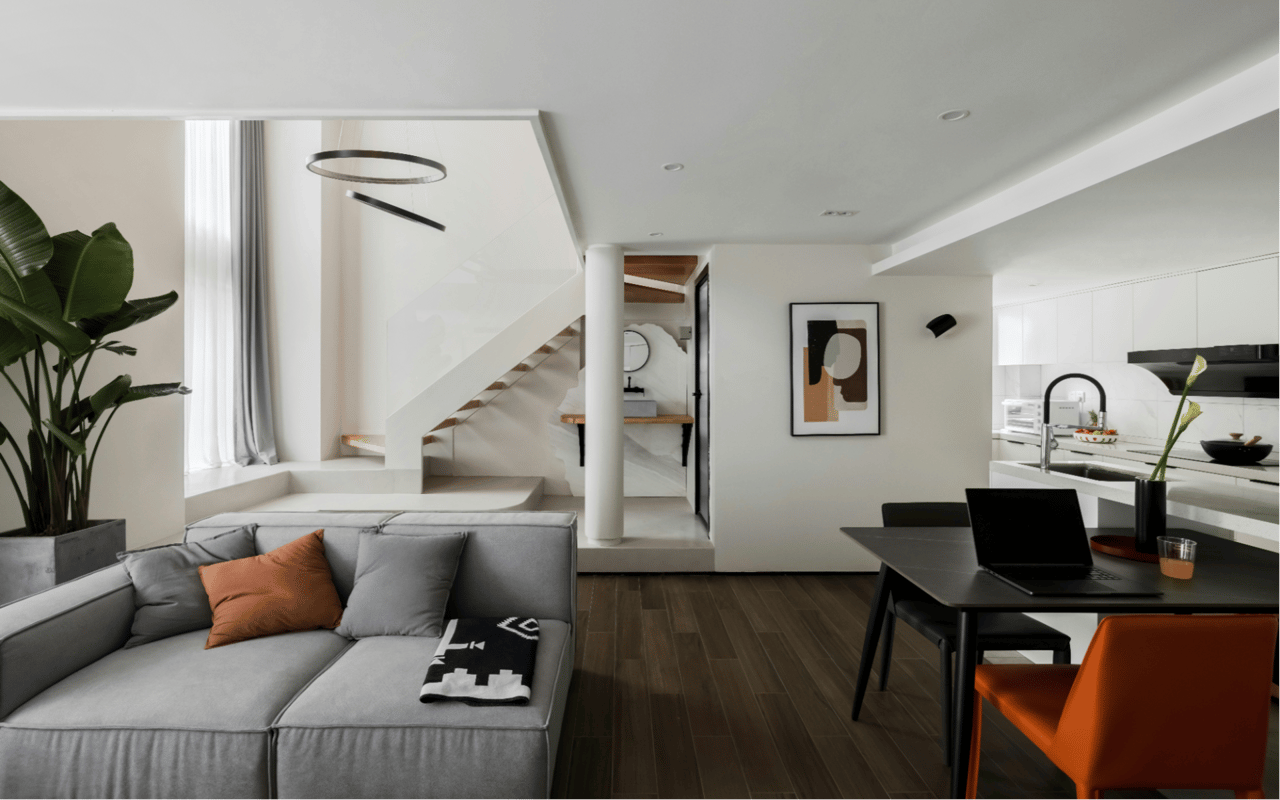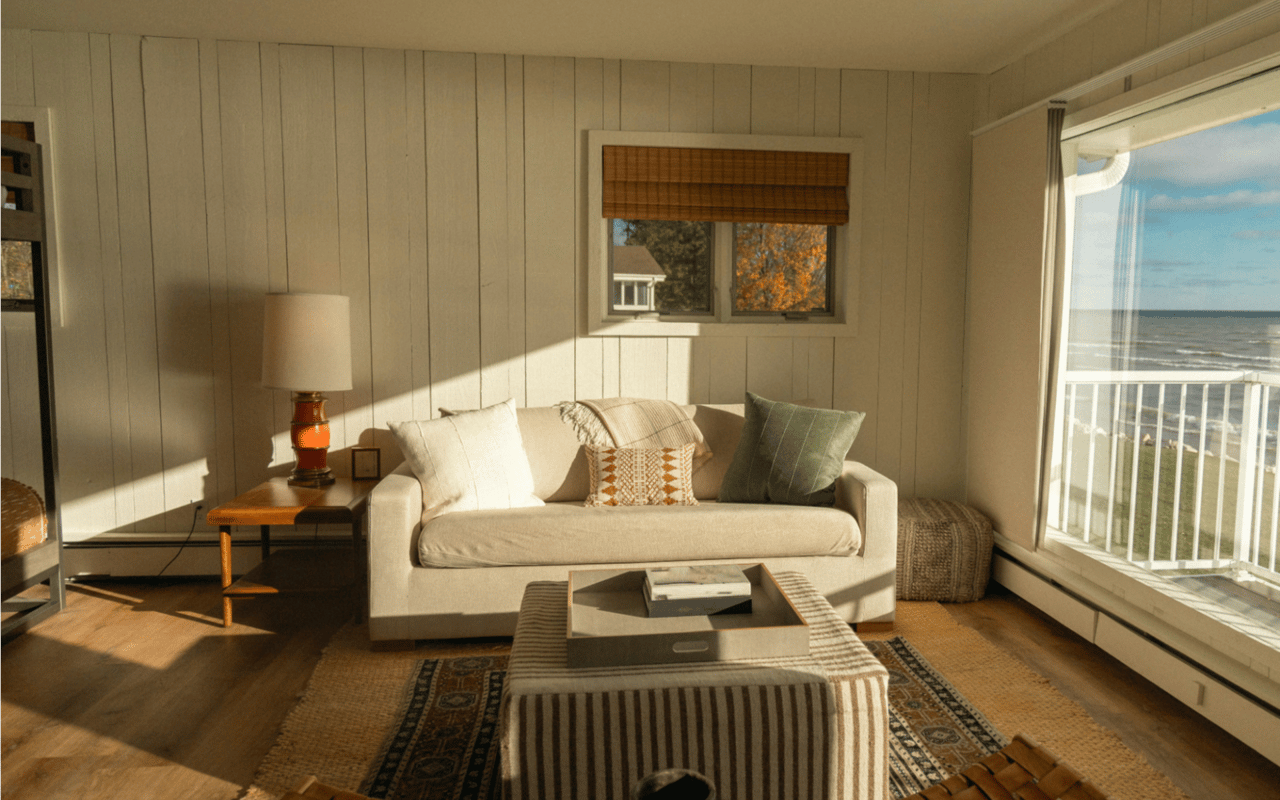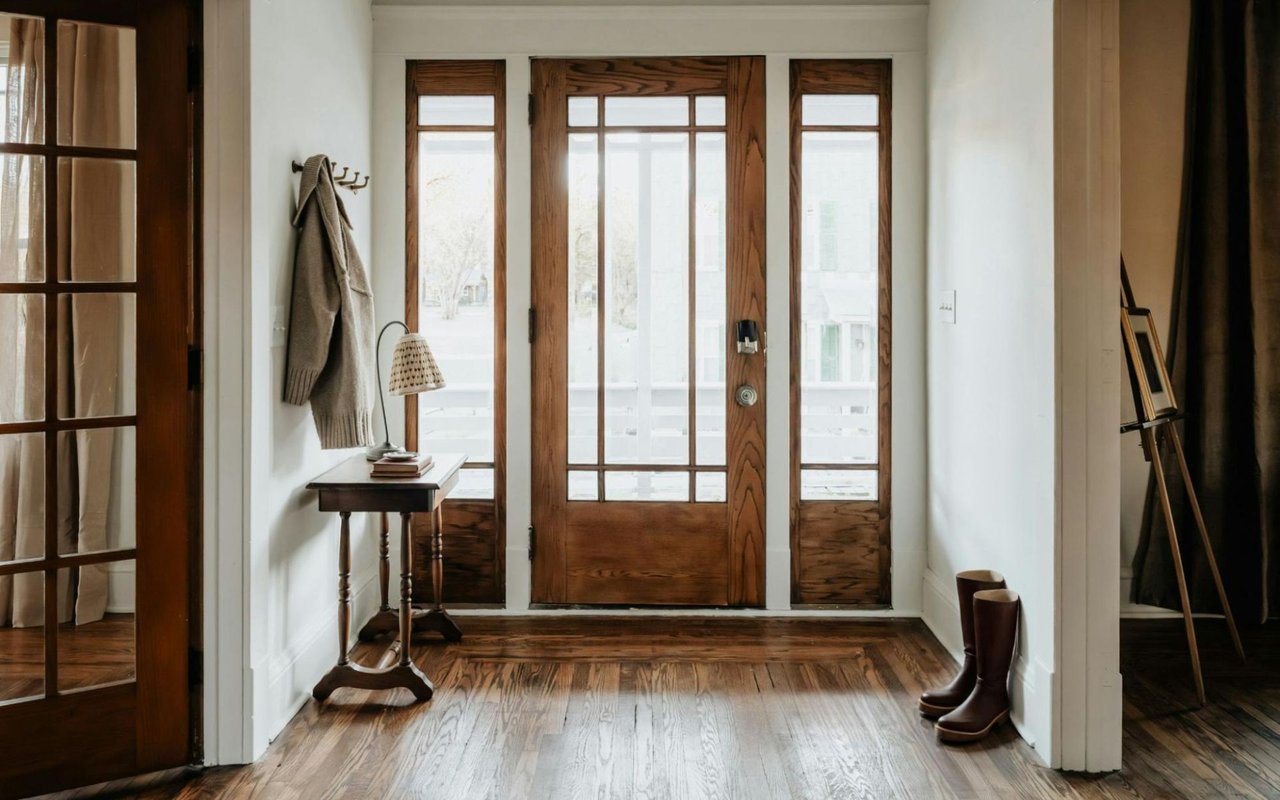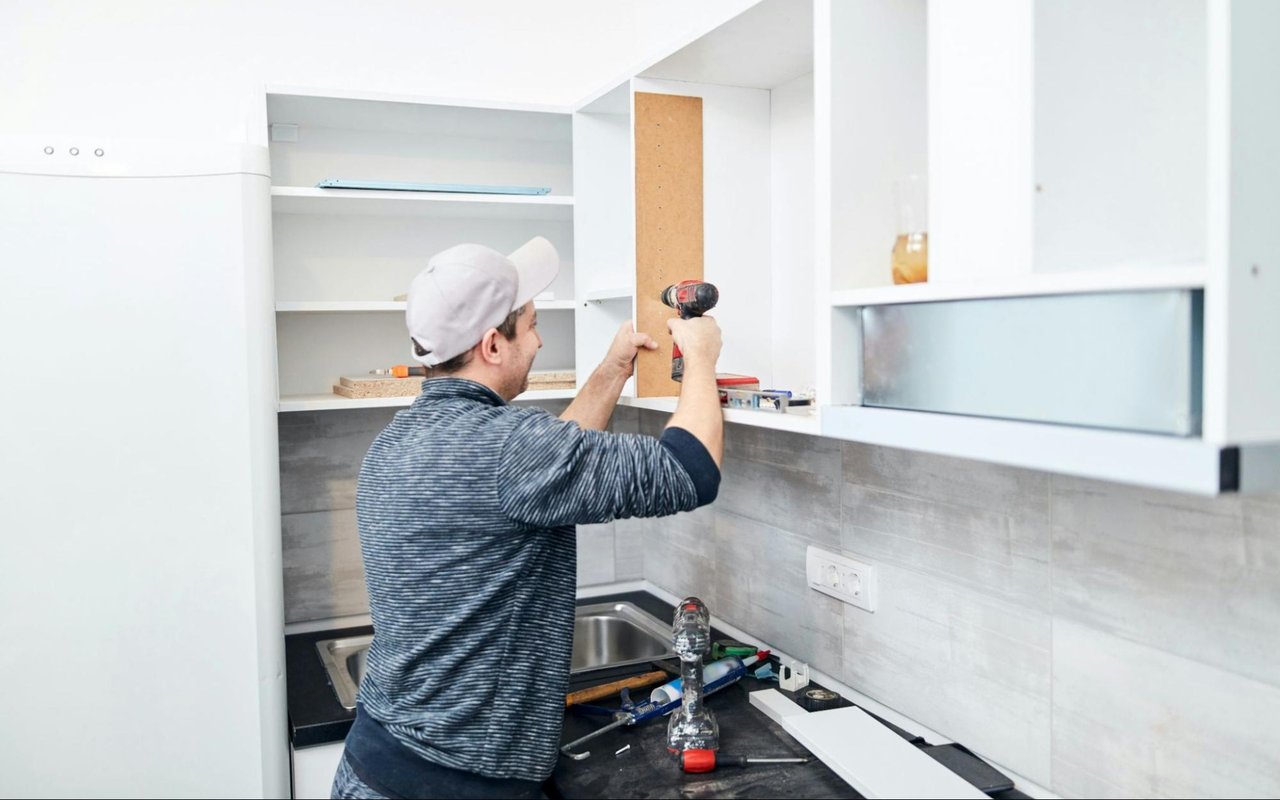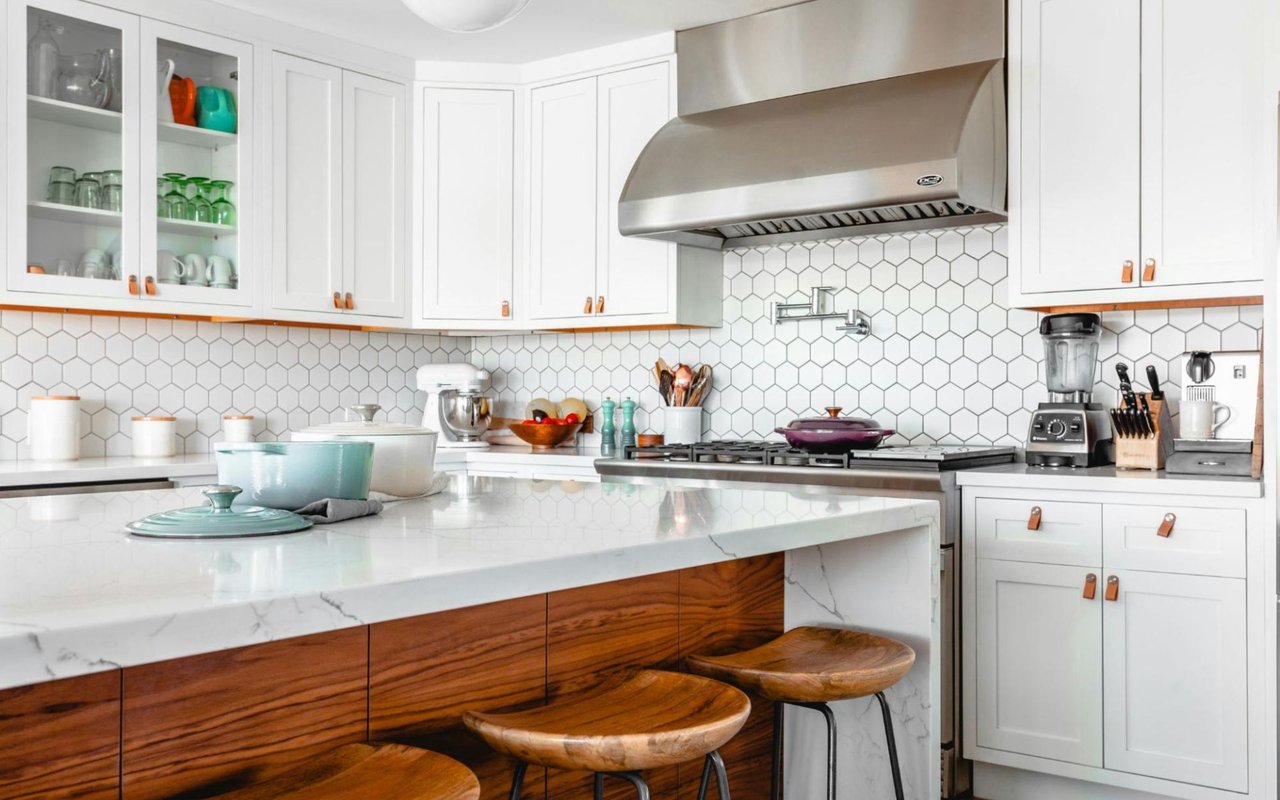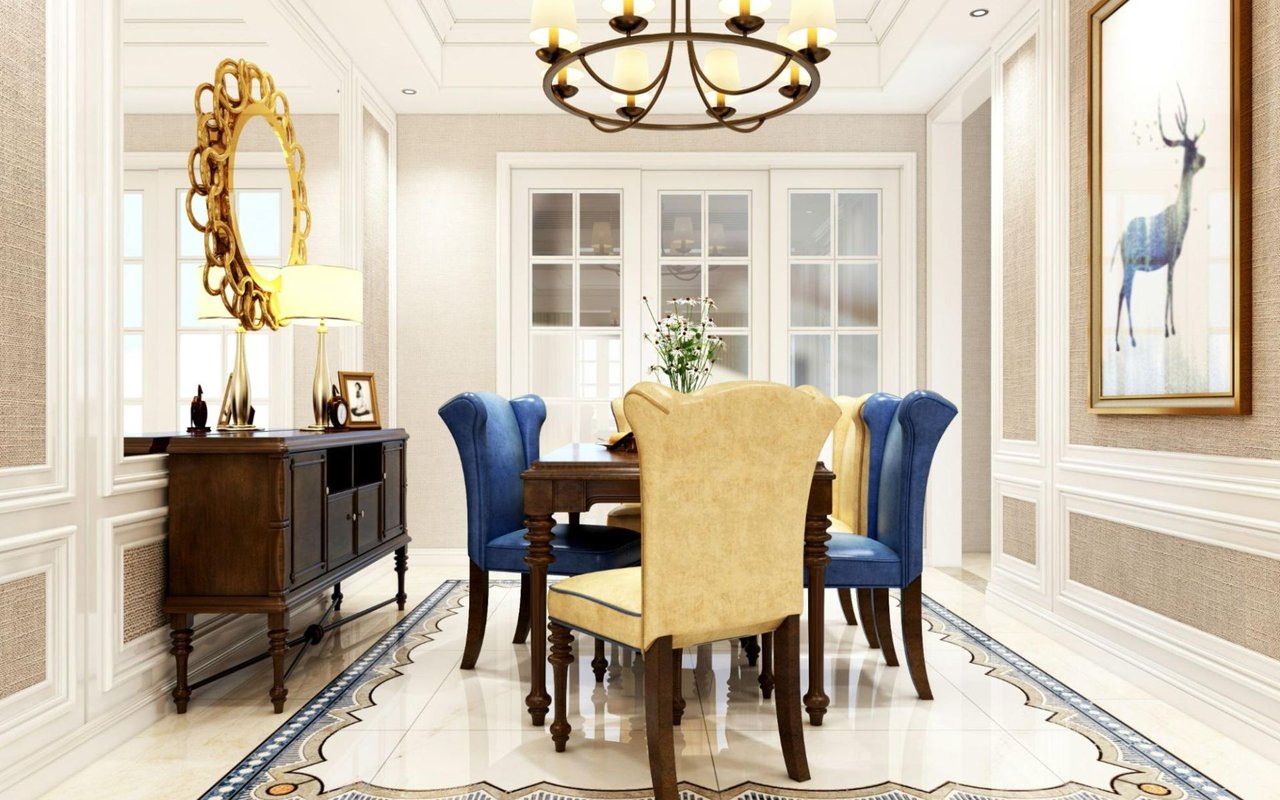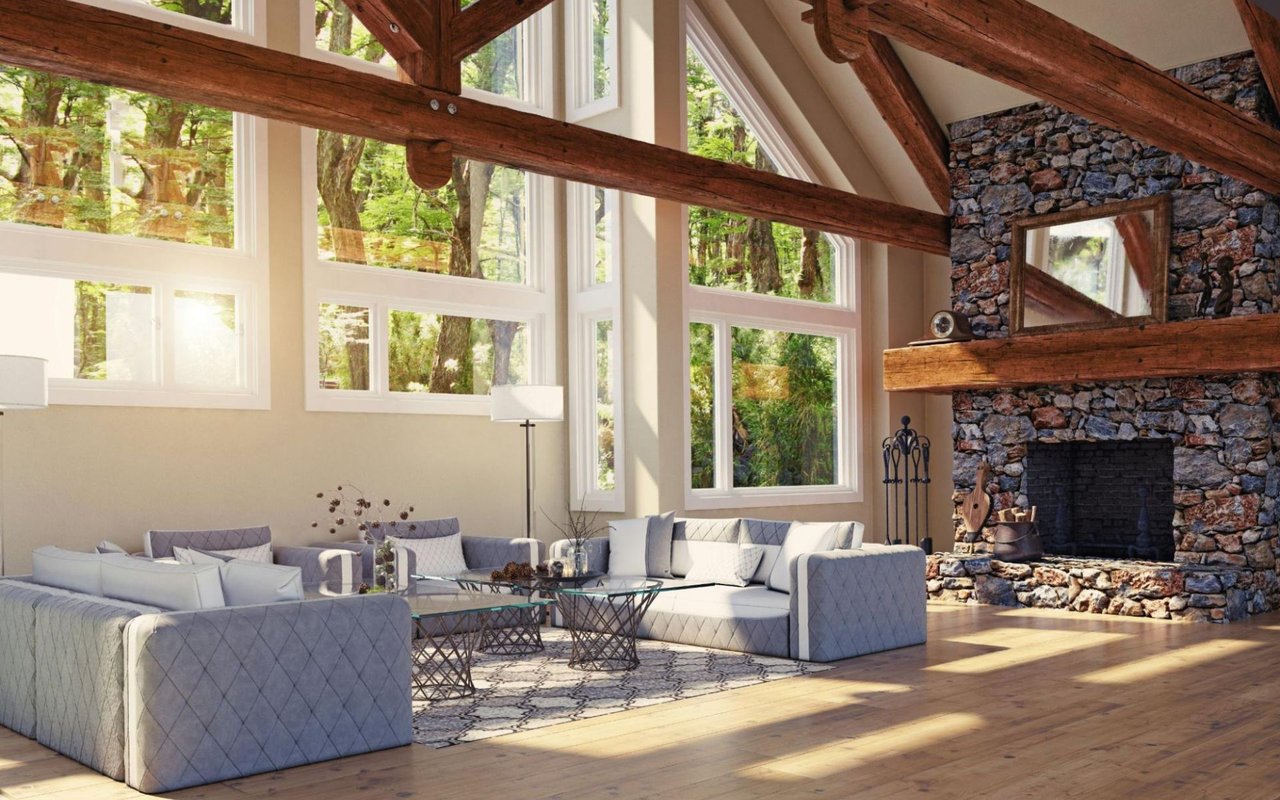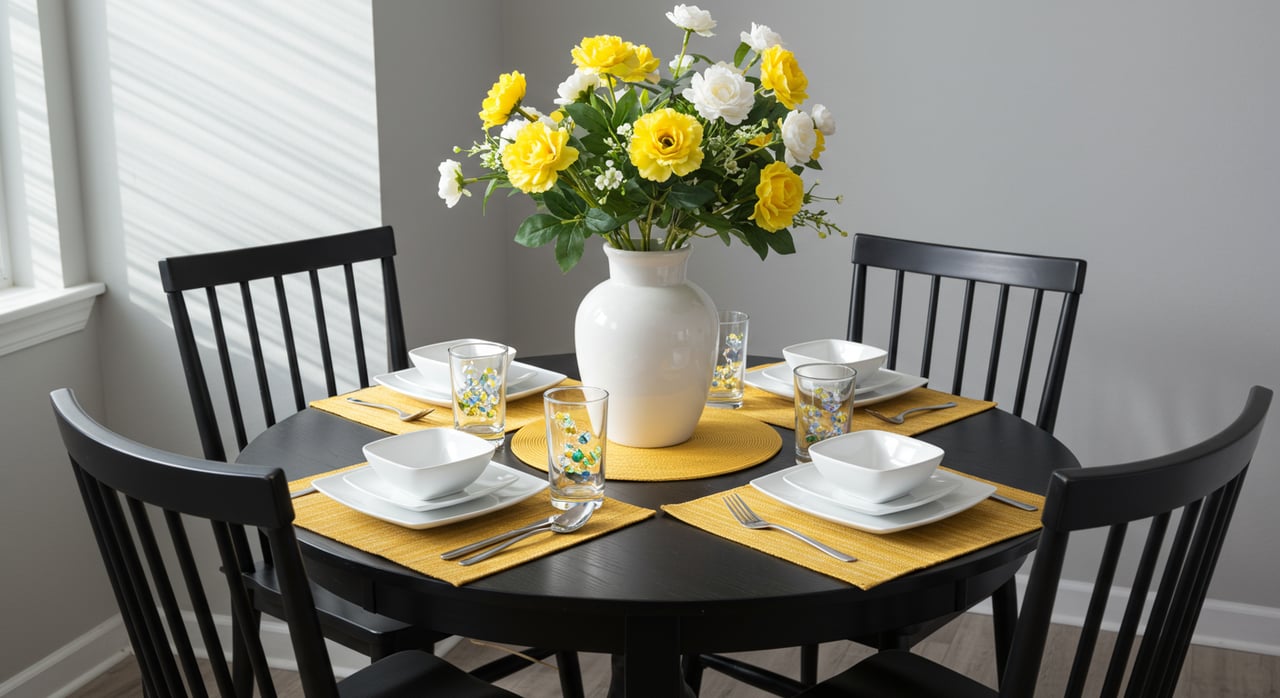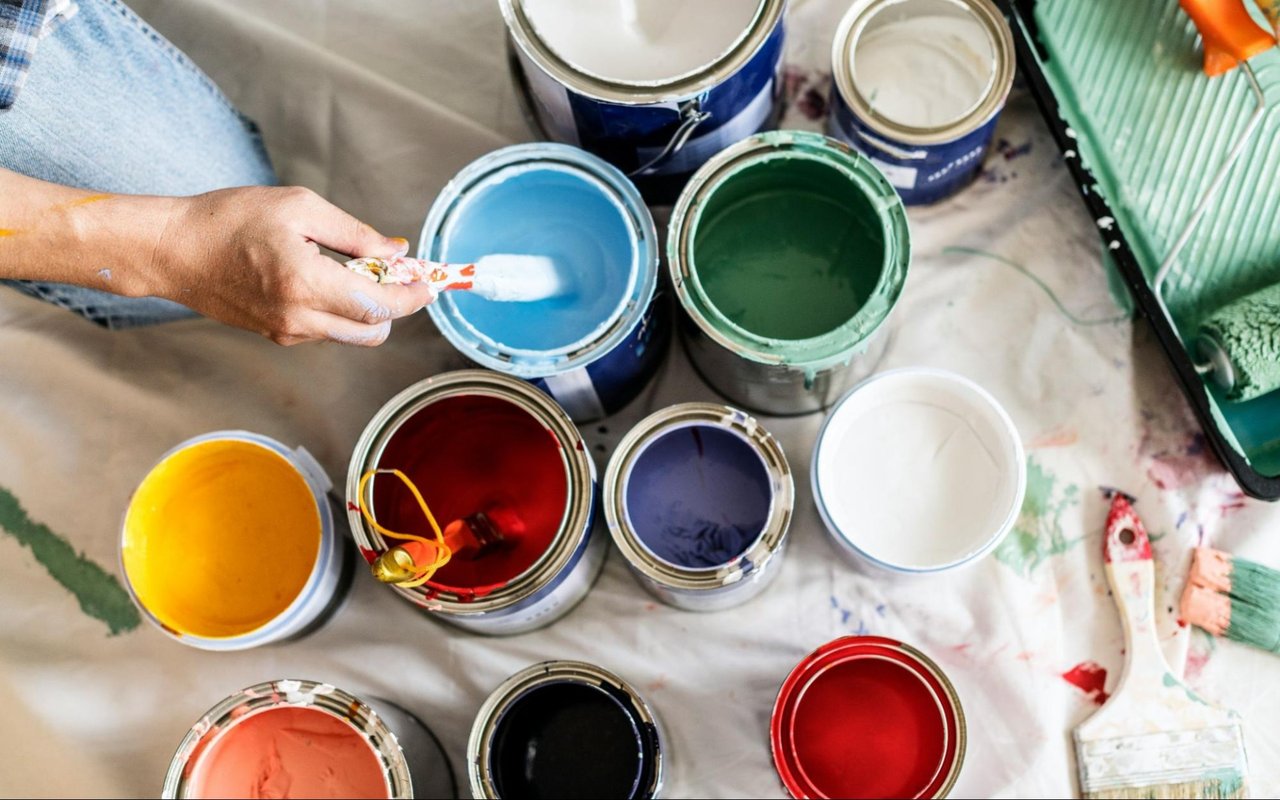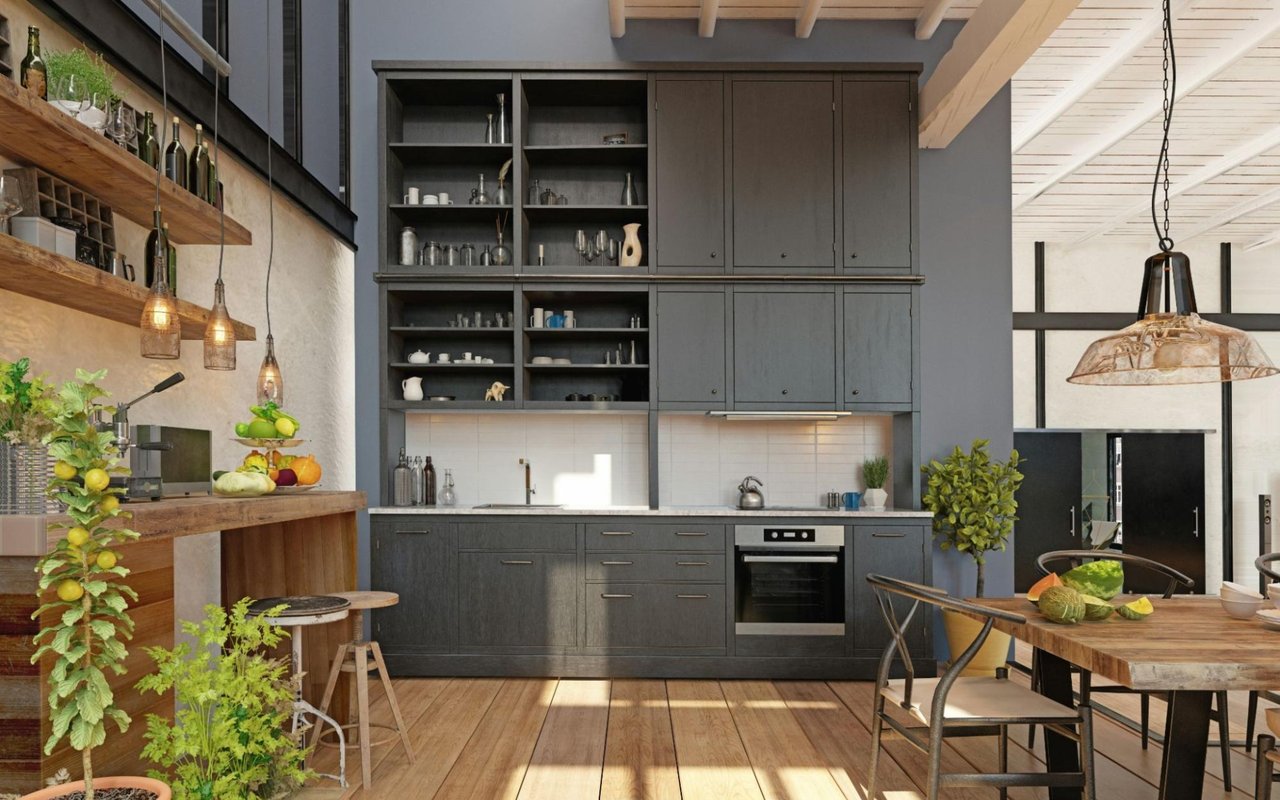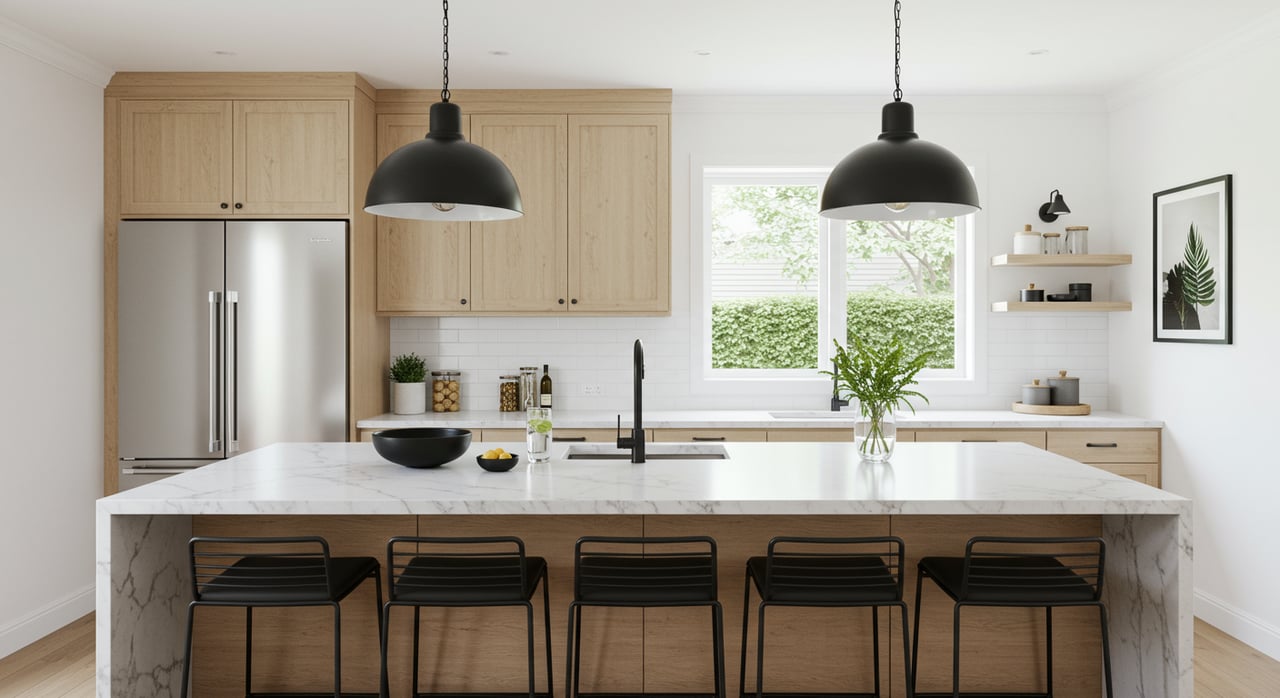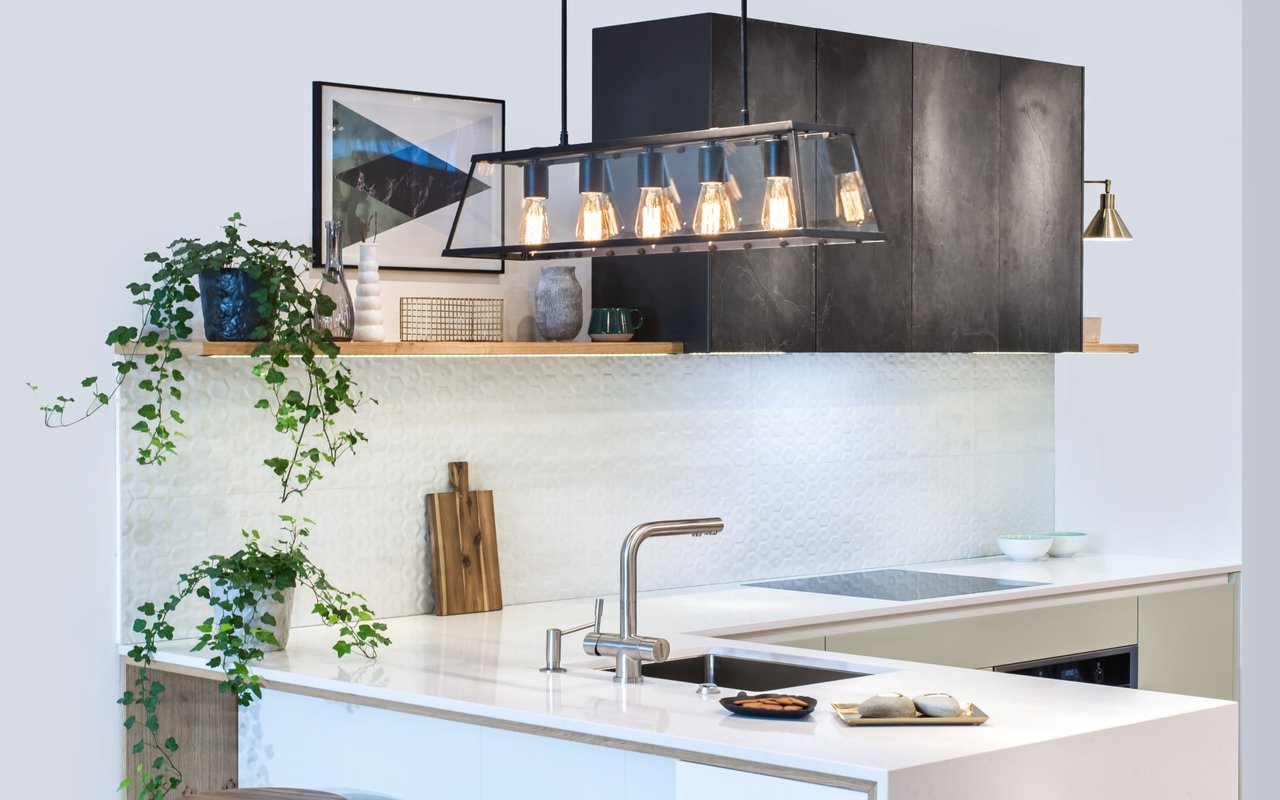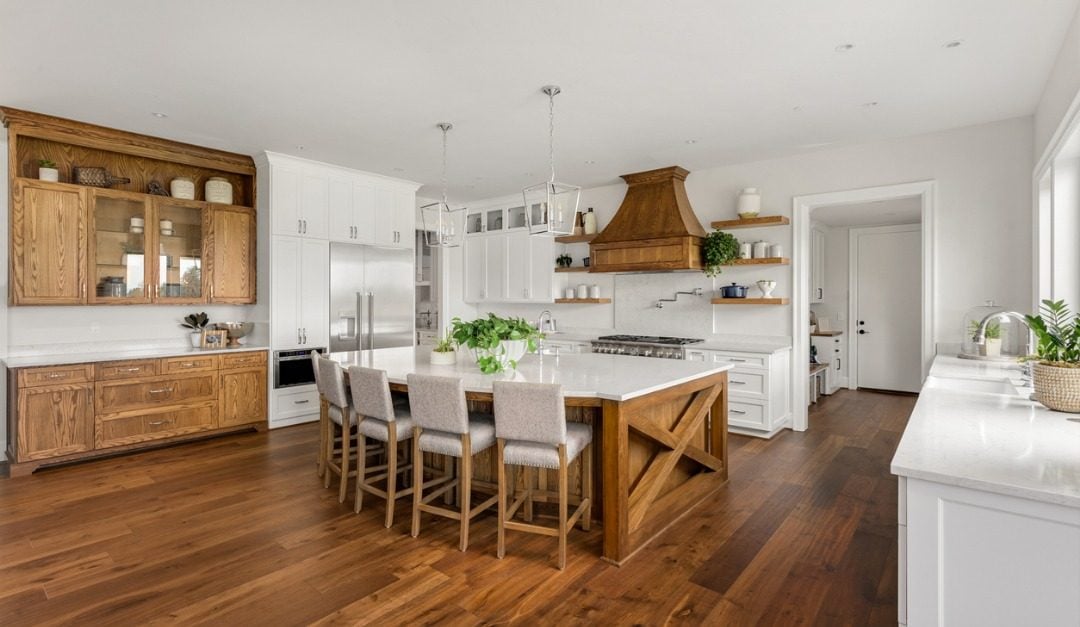Creating a safe home environment is essential for families with young children. From securing furniture to installing safety gates, there are many steps homeowners can take to minimize risks and ensure their home is both comfortable and secure. Whether preparing for a growing family or making adjustments to an existing space, prioritizing child safety enhances peace of mind while allowing children to explore and thrive in a protected environment.
Securing Furniture and Heavy Objects
One of the most common hazards in a home is unsecured furniture. Bookshelves, dressers, and entertainment centers can tip over if a child climbs or pulls on them. Anchoring heavy furniture to the wall with brackets or straps prevents accidents and ensures stability. Flat-screen televisions should also be mounted securely to avoid the risk of tipping.
Smaller objects, such as decorative items, picture frames, and lamps, should be placed out of reach. Heavy or sharp-edged objects that could fall and cause injury should be repositioned or replaced with child-friendly alternatives. In homes with open shelving, storing heavier items on lower levels reduces the risk of toppling.
Installing Safety Gates and Door Locks
Safety gates are essential for homes with stairs or areas that require restricted access. Installing gates at the top and bottom of staircases prevents falls, while gates can also be used to block entry to rooms with potential hazards, such as kitchens or home offices.
Cabinet and drawer locks are another effective way to childproof a home. Kitchen and bathroom cabinets often contain cleaning supplies, medications, and sharp utensils, all of which should be secured with locks or safety latches. Magnetic locks or push-to-release mechanisms provide easy access for adults while keeping young children safe.
Childproofing Electrical Outlets and Cords
Electrical outlets are particularly tempting for young children, making outlet covers a necessary precaution. Sliding outlet covers or plug-in caps prevent children from inserting objects into electrical sockets. For frequently used outlets, covers with built-in safety mechanisms allow easy access while providing protection when not in use.
Exposed electrical cords should also be secured to prevent tripping hazards and the risk of pulling down appliances. Cord organizers or protective tubing can help keep cords neatly tucked away and out of reach.
Eliminating Choking Hazards and Small Objects
Young children have a natural curiosity that leads them to explore objects by putting them in their mouths. To reduce the risk of choking, small household items such as coins, buttons, jewelry, and batteries should be kept in secure storage. Toys should be age-appropriate, with no small detachable parts that could pose a danger.
For families with older children, ensuring that small toys or game pieces are stored safely when not in use can prevent younger siblings from accidentally accessing them. Regularly scanning floors and play areas for small objects helps maintain a safe environment.
Ensuring Safe Water Access and Bathroom Precautions
Bathrooms present several potential hazards, from slippery surfaces to hot water burns. Installing non-slip mats in bathtubs and showers reduces the risk of falls, while faucet covers help prevent head injuries. Water temperature should be set to a safe level, with anti-scald devices installed on faucets if necessary.
Toilets should be equipped with childproof locks to prevent accidental drowning, and all bathroom cleaning supplies should be stored in locked cabinets. In homes with multiple bathrooms, ensuring each one is childproofed consistently provides an extra layer of safety.
Creating a Safe Sleep Environment
A child’s sleep environment should be free from potential hazards to ensure restful and safe nights. Cribs should meet current safety standards, with a firm mattress and fitted sheet. Soft bedding, pillows, and stuffed animals should be avoided for infants to reduce the risk of suffocation.
For older children transitioning to beds, bed rails can prevent falls, especially for those who move frequently during sleep. Window treatments should also be considered, with cordless blinds or secured cords to eliminate strangulation risks.
Keeping Kitchens Safe for Children
Kitchens are a high-traffic area of the home where children are often curious about their surroundings. To minimize risks, sharp objects such as knives and scissors should be stored in locked drawers. Stove knob covers prevent accidental burner activation, while oven locks ensure children cannot open hot appliances.
Hot pots and pans should always be placed on back burners, with handles turned inward to prevent tipping. If children are present while cooking, using highchairs or play areas at a safe distance keeps them engaged while reducing exposure to potential dangers.
Setting Up a Child-Friendly Living Space
A well-designed home allows children to play and explore safely. Creating designated play areas with soft flooring and rounded furniture edges reduces injury risks. Area rugs with non-slip backing prevent sliding, while foam corner protectors can be added to sharp-edged furniture.
For homes with open floor plans, using furniture to create defined spaces can help keep play areas contained and safe. Toy storage should be easily accessible to children but free from heavy lids or stackable items that could tip over.
Preparing Outdoor Spaces for Child Safety
Outdoor areas should be just as secure as indoor spaces. Fenced-in yards provide a controlled environment for children to play freely, while gates with childproof locks prevent access to streets or pools.
For homes with swimming pools, a four-sided fence with a self-latching gate is essential for safety. Pool alarms and covers add extra layers of protection, ensuring children cannot access the water unsupervised. Outdoor play equipment, such as swings or slides, should be anchored securely and regularly inspected for wear.
Teaching Children Home Safety Practices
While creating a safe environment is essential, teaching children about safety from an early age reinforces protective measures. Simple lessons about avoiding electrical outlets, not climbing furniture, and recognizing dangerous household items can empower children to make safer choices.
For older children, discussions about emergency procedures, such as what to do in case of a fire or how to respond if they are locked out of the house, can provide valuable knowledge. Keeping emergency contact numbers easily accessible and establishing clear household safety rules helps create a well-prepared environment.
Investing in a Safe and Secure Home Environment
A child-friendly home enhances peace of mind while allowing children to explore and grow in a secure setting. Whether implementing small adjustments or making structural modifications, prioritizing safety ensures a home is both functional and family-friendly.
For those looking to buy or sell a home with a focus on safety, working with an experienced real estate professional can make the process seamless. Megan Whalen specializes in helping families find homes that offer both comfort and security in Santa Monica’s most desirable neighborhoods. Contact Megan Whalen today to explore safe, family-friendly homes in Santa Monica and beyond.
